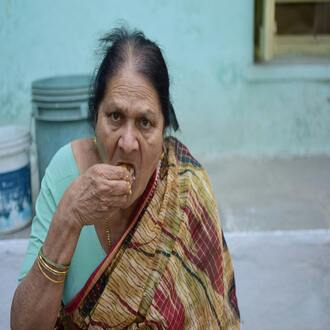Transcription Coronary affectations
Cardiovascular health is a primary concern at all stages of life, but becomes even more important as we age. Older age is a time of significant challenges to heart health, with coronary heart disease being a major concern.
In this session, we will explore the causes, risk factors, symptoms, diagnostic methods, prevention strategies and treatment of coronary heart disease in the elderly.
Causes of Coronary Heart Disease
Coronary artery disease has multiple causes, some of which are related to aging and others to modifiable risk factors. Among the most prominent causes are:
- Natural Aging: As we age, arteries can become stiffer and narrower, increasing the risk of blockages and blood clots.
- Plaque Buildup: Plaque buildup in the arteries, made up of fat, cholesterol and other materials, can reduce blood flow and cause angina or heart attack.
- High Blood Pressure: High blood pressure, common in the elderly, puts extra strain on the coronary arteries, increasing the risk of damage.
- Diabetes: Type 2 diabetes, more common in this stage of life, is related to a higher risk of coronary heart disease.
- Smoking: Smoking damages the arteries and accelerates plaque formation, which significantly increases the risk of cardiovascular events.
Risk Factors
Identification of risk factors is crucial to prevent and address coronary heart disease in the elderly. In addition to those mentioned, other factors include lack of physical activity, obesity, unhealthy diet, and genetics.
Recognizing the symptoms of coronary heart disease is essential to seek early medical attention. Symptoms can vary, but the most common include chest pain (angina), shortness of breath, fatigue, excessive sweating and radiating pain in the left arm.
Diagnosis
Diagnosis of coronary artery involvement involves a series of tests, which may include an electrocardiogram (ECG), stress tests, echocardiograms and coronary angiography. These tests help to assess the health of the heart and determine the presence of blockages or damage.
Prevention plays a key role in reducing the risk of coronary heart disease in the elderly. Some key strategies include:
- Healt
coronary affectations




